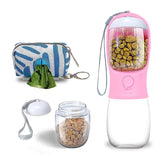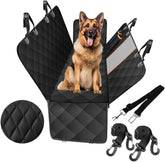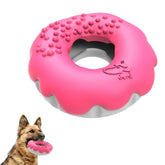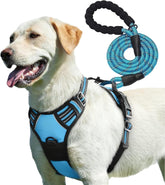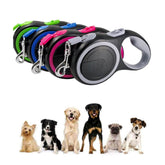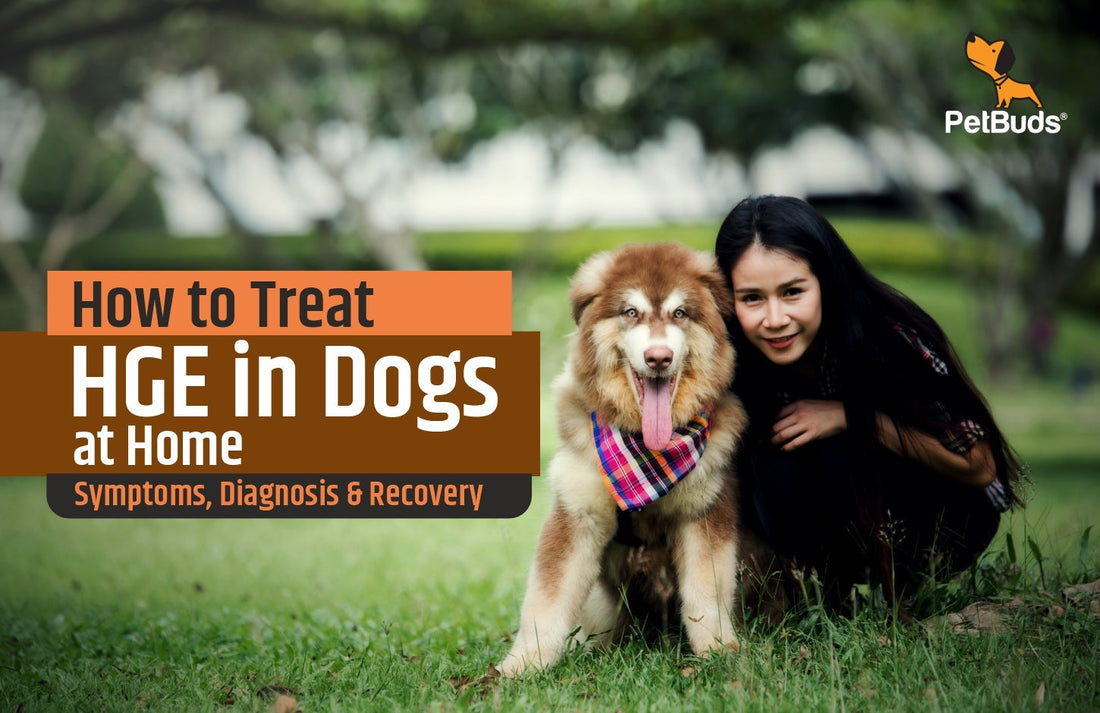Has there ever been a time you walked into a room and saw your dog looking guilty, only to notice a pool of bloody diarrhea on the floor when you looked closer? You definitely went into panic mode. Even if your dog's face is indicating, "I don't feel so good," your thoughts are screaming What's going on?
It is abrupt, frightening, and messy, and it frequently surprises pet parents. It may be hemorrhagic gastroenteritis, or HGE in dogs. But don't worry, your pup can heal swiftly if you act promptly to handle the situation.
This guide would help explain what HGE in dogs is, what the symptoms are, how it is diagnosed, and how you can care for your dog at home post-vet visit with some help from essential items like a dog car seat cover or a pet travel bag when things get a little too... splashy.
What is HGE in Dogs?
Acute hemorrhagic diarrhea syndrome (AHDS), sometimes referred to as hemorrhagic gastroenteritis (HGE) in dogs, is characterized by the abrupt onset of severe vomiting and bloody diarrhea in dogs. Even in pups that were just waving their tails a few hours prior, it frequently appears out of nowhere.
The precise cause of HGE is still unknown, in contrast to parvovirus in dogs, which is brought on by a particular virus. Bacterial toxins, food intolerance, stress, or careless eating (such as going through yesterday's garbage buffet) could all be contributing factors.
HGE Symptoms in Dogs: What to Look For
HGE hits fast and hard. Some key HGE symptoms in dogs include:
- Sudden bloody diarrhea
- Vomiting, sometimes with blood
- Lethargy and weakness
- Loss of appetite
- Dehydration
- Abdominal pain
- Pale gums or signs of shock
If your dog is showing these signs, go to the vet immediately. HGE can become life-threatening in a matter of hours if dehydration sets in.
Diagnosing HGE: What the Vet Will Do
To confirm HGE in dogs, your vet will usually:
- Do a physical exam.
- Conduct a PCV test - if the PCV is high (normally >60%), and the dog has low or normal protein, it is very indicative of HGE.
- Rule out parvo in dogs, parasitic infection, or any other GI infection through bloodwork and fecal testing.
The goal is to quickly distinguish HGE from other causes of bloody diarrhea, especially those requiring different treatments, like viruses or parasites.
Treating HGE in Dogs at Home
Spoiler alert: HGE is not a DIY disease. Your dog needs immediate vet care first. But once stabilized and back home, you’ll play a crucial role in their recovery. Here’s how:
1. Hydration is Everything
After IV fluids at the clinic, monitor hydration closely. Offer small amounts of clean water regularly. You can also use vet-recommended electrolyte solutions in tiny amounts.
Pro tip: Use a pet carrier for dogs if you need to make a follow-up trip. It keeps your pup cozy and safe and protects your car from any messy relapses.
2. Feed a Bland Diet
Your vet will likely suggest starting with:
- Boiled chicken or turkey (no skin or seasoning)
- Plain white rice or boiled potato
- Small, frequent meals throughout the day
Reintroduce your dog’s regular diet slowly over 4–5 days once symptoms improve.
3. Medications & Supplements
Your vet may prescribe:
- Anti-nausea medication
- Antibiotics (if bacterial infection is suspected)
- Probiotics to help restore gut health
Stick to the vet’s instructions and complete the entire course—even if your dog starts acting like their tail-wagging self again.
Must-Have Products During HGE Recovery
Let’s be real, HGE is not a neat and tidy illness. If you’ve ever had to clean diarrhea off your car upholstery, you know what we mean. Here are a few product lifesavers:
Dog Car Seat Cover
A dog car seat cover is your best friend when transporting a sick dog to the vet or taking them on short recovery rides. It protects your car from… well, all the things you don’t want to clean up.
Pet Travel Bag
A pet travel bag or dog bag for travel can help you transport small dogs safely without exposing your car or home to potential messes.
Tips for Preventing HGE Recurrence
While HGE in dogs can sometimes be a one-off, recurrence isn’t uncommon. Here’s how to reduce the risk:
- Stick to a Consistent Diet
- No table scraps or sudden food changes
- Avoid fatty, rich foods
- Skip the “floor snacks” on walks
- Keep Stress Levels Low
- Dogs are sensitive to changes like moving homes, new pets, or loud environments
- Provide a calm, stable routine
- Consider anxiety-reducing tools if your dog is easily stressed
- Stay Clean & Watch the Trash
- Sanitize food and water bowls daily
- Dog-proof your trash bins, no “dumpster diving” for leftovers
- Be cautious during travel or boarding
Recovery Timeline for HGE in Dogs
With proper care, most dogs recover from HGE within 2 to 5 days. But even if your pup is bouncing around by day three, complete the HGE in dogs treatment plan and stick to the bland diet until given the green light.
Keep monitoring:
- Stool consistency
- Energy levels
- Water intake
- Gum color (healthy = pink and moist)
If symptoms return or worsen, don’t wait; go back to the vet.
Final Words
Hypoglycemic crisis in dogs may sound horrifying, but if you get them veterinary attention quickly and have a strong family support system, your dog has a good chance of recovery and full family support. When in one of these unforeseen "uh-oh" situations, remain calm, do what your veterinarian instructs, and have supplies such as a dog car seat cover or pet carrier available.
By the way, your dog may not be able to thank you, but when they do recover, and they are tail wagging happy again, that is thankfulness!
Do you want to be better equipped to handle pet emergencies? Get a decent dog car seat cover, stock up on a pet travel bag, and save your veterinarian's information to your phone. Care is more important than comfort alone.


